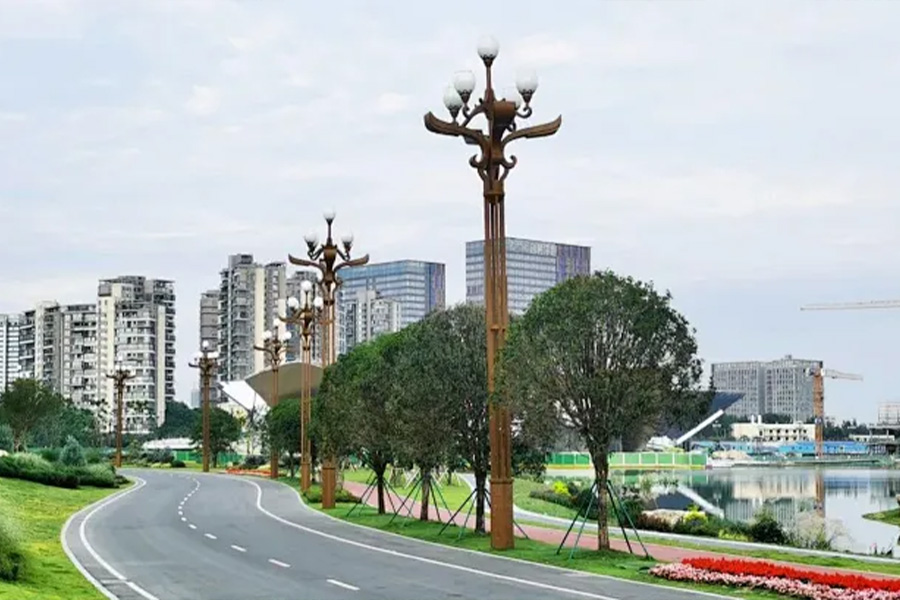Urban road infrastructure is the backbone of modern cities, enabling efficient movement of people and goods, supporting economic activities, and facilitating social interactions. However, this critical aspect of urban development faces numerous challenges that need to be addressed to ensure its sustainability and effectiveness. This industry analysis delves into the primary challenges of urban road infrastructure and explores potential solutions to mitigate their impacts.

Traffic Congestion
Traffic congestion is one of the most pressing challenges facing urban road infrastructure. With the rapid growth of urban populations and the increasing number of vehicles, roads are becoming increasingly congested, leading to delays, increased travel times, and decreased productivity. This congestion not only affects daily commutes but also disrupts the delivery of essential services and hinders economic activities.
To address this challenge, cities are exploring various strategies such as expanding road networks, improving traffic management systems, and promoting alternative modes of transportation. For instance, the development of dedicated bus lanes, the integration of intelligent transportation systems (ITS), and the encouragement of cycling and walking can help alleviate traffic congestion and improve road efficiency.
Maintenance and Funding
The maintenance of urban road infrastructure is another significant challenge. Roads are constantly subjected to wear and tear from traffic, weather conditions, and other environmental factors. Regular maintenance is essential to ensure the safety and smooth operation of roads, but it requires substantial funding.
Funding for road maintenance often comes from government budgets, which can be strained by other priorities. To address this issue, cities are seeking innovative financing mechanisms, such as public-private partnerships (PPPs), user fees, and value capture strategies. These mechanisms can help generate additional revenue to support road maintenance and improvement projects.
Urbanization and Spatial Planning
Urbanization is a driving force behind the growth of urban road infrastructure, but it also presents challenges. Rapid urban expansion often leads to haphazard development, where roads are not planned or constructed in a coordinated manner. This can result in disconnected road networks, inefficient traffic flow, and increased congestion.
To mitigate these challenges, cities need to adopt comprehensive spatial planning strategies. This involves coordinating urban development with road infrastructure planning to ensure that roads are constructed in a way that supports efficient traffic flow, connects different parts of the city, and enhances accessibility.
Technological Integration
The integration of technology in urban road infrastructure is essential to address modern challenges and improve road efficiency. However, this process can be challenging due to the need for substantial investment, technical expertise, and coordination among various stakeholders.
Cities are increasingly investing in intelligent transportation systems (ITS) to improve traffic management, safety, and efficiency. These systems use advanced technologies such as sensors, cameras, and data analytics to monitor traffic conditions, optimize traffic signals, and provide real-time information to drivers. However, the successful implementation of ITS requires coordination among multiple agencies, including transportation departments, technology providers, and private sector stakeholders.
Conclusion
Addressing the challenges of urban road infrastructure requires a comprehensive approach that involves coordinated planning, innovative financing, technological integration, and ongoing maintenance. By tackling these challenges, cities can ensure that their road networks remain safe, efficient, and sustainable, supporting economic growth, social cohesion, and urban development. As urbanization continues to accelerate, the importance of addressing these challenges will only increase, making it essential for cities to adopt proactive and innovative strategies to ensure the resilience and effectiveness of their urban road infrastructure.

 Return
Return


